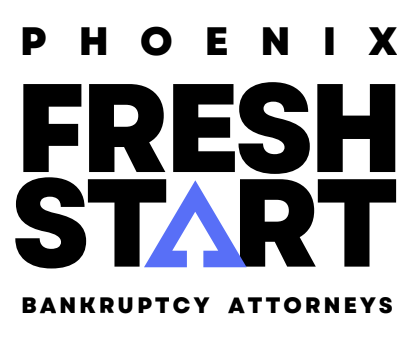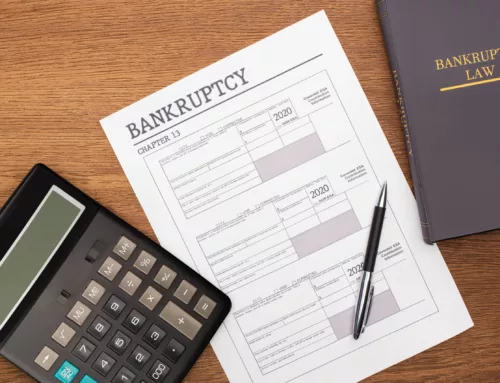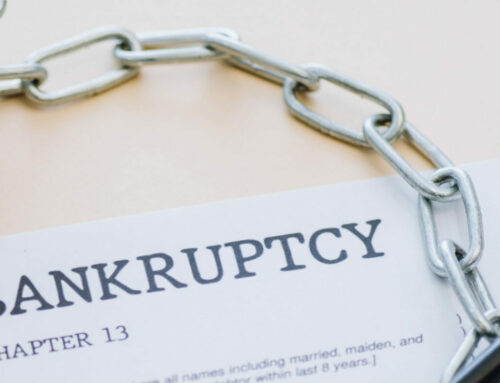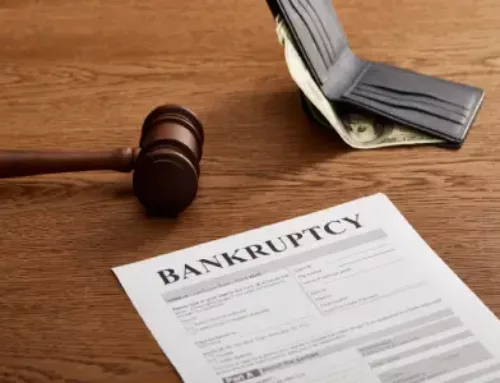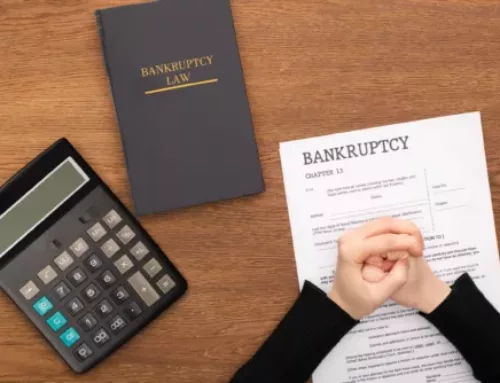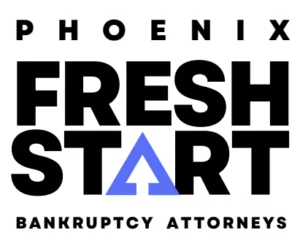What Is Chapter 20 Bankruptcy?
With Chapter 20, you file for Chapter 7 bankruptcy and then immediately follow with a Chapter 13 bankruptcy.
Sometimes financial problems are too complex to be solved by Chapter 7 or Chapter 13 alone. That’s where Chapter 20 can in. Chapter 20 is not an official chapter under the bankruptcy code, but a strategy where two bankruptcies are filed in quick succession, a Chapter 7 followed by a Chapter 13, to resolve financial problems that cannot be adequately handled with by filing under just one chapter.
When is filing two bankruptcies better than one? Call and speak to one of our experienced bankruptcy attorneys in Phoenix.
When a Chapter 7 Does Not Provide Complete Relief
In Chapter 7 bankruptcy, the bankruptcy trustee may sell any of your property that is not exempt and use the proceeds to pay your creditors. In return, your unsecured debts are discharged (there are some exceptions).
While Chapter 7 bankruptcy is the best option for some people, it won’t discharge certain kinds of debts, such as child support, taxes, or student loan debt. Nor will it allow you to catch up on a mortgage or car payments.
When a Chapter 13 Is Not Possible
Chapter 13 may provide you with extra time to pay back debts like child support student loans, or back taxes. You accomplish this through the Chapter 13 repayment plan, that lasts between three and five years.
However, there are downsides to Chapter 13, such as, if your debts are too high, you may not qualify for Chapter 13. Your repayment plan will often pay student loan debt in prorated payments along with other unsecured claims (such as credit cards) during the Chapter 13 causing you to get further behind.
Advantages of a Chapter 20 Bankruptcy
You may be able to use the Chapter 20 strategy to get more complete relief for your situation.
Here’s how:
If you have too much debt to qualify for a chapter 13, filing a chapter 7 first could reduce your debt enough that you may qualify for a chapter 13. Then you can use a chapter 13 to catch up on a mortgage or car payments. By wiping out much of your debt in chapter 7, more of your chapter 13 payments could go toward paying back your student loans.
Requirements and Procedure for a Chapter 20
Not everyone is eligible to file a Chapter 7 or 13. If you do qualify, however, the procedure is simple.
To qualify, you must meet the requirements set by each chapter and you can’t have filed a Chapter 13 bankruptcy within the six years immediately prior, or a Chapter 7 bankruptcy within the eight years immediately prior. For Chapter 13, you must have a steady income to support the plan payments.
The procedure is simple. First, you file a Chapter 7 bankruptcy. After it is complete (or if your district allows, once you receive a discharge), you file a Chapter 13 bankruptcy. You must list all your debts in Chapter 7. In Chapter 13, you list only secured debt and debt that was not discharged in Chapter 7.
Limitations of Chapter 20
While this strategy can be effective in providing relief for some financial situations, there are limitations to using the Chapter 20 strategy.
Multiple Filings Mean No Discharge in Chapter 13
Once you receive a discharge in Chapter 7, you are not eligible to receive a discharge in Chapter 13 unless four years have passed since you filed the Chapter 7. When you are using the Chapter 20 strategy, Chapter 13 is filed to get more time to pay debts that could not be discharged in Chapter 7 or to bring mortgages or car loans current, and not to receive a second discharge.
Lien Stripping and Cram Down May Not Be Available
In some districts, courts will not allow you to use lien stripping or cram down in Chapter 13 when you are not eligible for a discharge in that chapter.
Non-Exempt Assets with Equity May Not Survive the Chapter 7
You can’t use a Chapter 20 if you wish to save your business, keep multiple properties with non-exempt equity, or to save other non-exempt assets. Anything over your allowed exemptions may be lost to the Chapter 7 trustee and no longer be yours by the time you file the Chapter 13.
Contact Us
Before deciding that chapter 20 is right for your situation, you should consult with an experienced bankruptcy attorney from Phoenix Fresh Start Bankruptcy. Our bankruptcy attorneys will do a complete debt analysis for you free of charge and then help you determine if chapter 7, chapter 13 or both is best for your situation. Call us today or submit the form on this page to schedule your free debt analysis.
